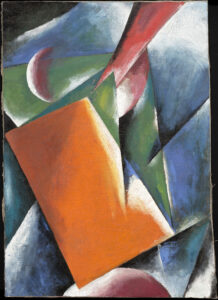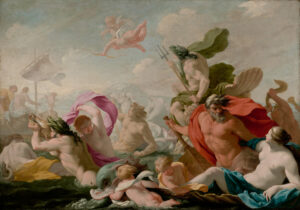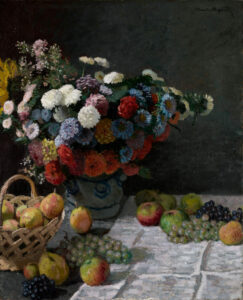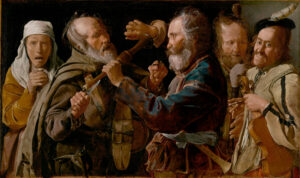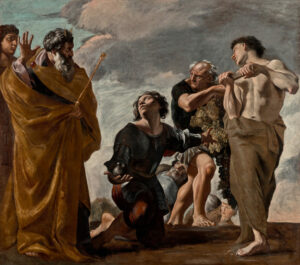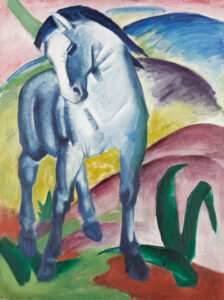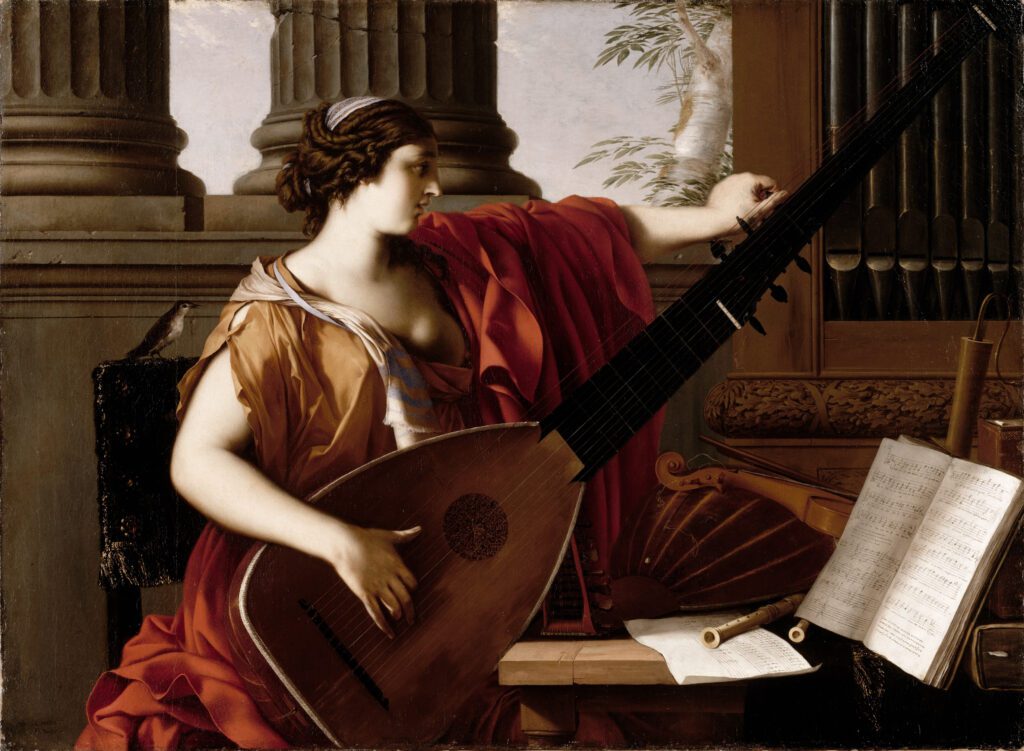
In this “Allegory of Music” (1649), Laurent de La Hyre presents a composition of perfect harmony where each element responds to a meticulous visual orchestration.
A young woman of idealized beauty, draped in fabrics of warm ochre and vermilion tones, tunes her theorbo. This gesture, far from trivial, symbolizes the perpetual quest for harmony pursued by the musical art. The artist deploys a classical language of great elegance: fluted columns evoking antiquity, masterful perspective, and amber light that subtly models volumes. The small bird, a discreet witness to this scene, introduces a natural touch contrasting with scholarly music. The richness of details demonstrates a profound knowledge of the musical universe. La Hyre thus transforms a conventional allegory into a visual meditation on the very nature of musical art, suspended between theory and sensuality.
Object Information
- Title: Allegory of Music
- Artist: Laurent de La Hyre
- Date: 1649
- Dimensions: 105.7 x 144.1 cm
- Collection: The Metropolitan Museum of Art, Fifth Avenue, New York, Gallery 622
- https://www.metmuseum.org/art/collection/search/436836
Historical Context
Laurent de La Hyre (1606-1656) embodies the golden age of French classicism. A founding member of the Royal Academy of Painting and Sculpture, he developed a style characterized by clarity of composition, elegance of figures, and soft light. Trained in the wake of late Mannerism, he evolved toward a more measured expression, imbued with Italian influences yet profoundly French in its restraint and intellectual refinement.
This “Allegory of Music,” created for the private mansion of Gédéon Tallemant, forms part of a series dedicated to the seven Liberal Arts—a typical iconographic program for aristocratic residences of the Grand Siècle, reflecting the humanist ideal of encyclopedic culture.

